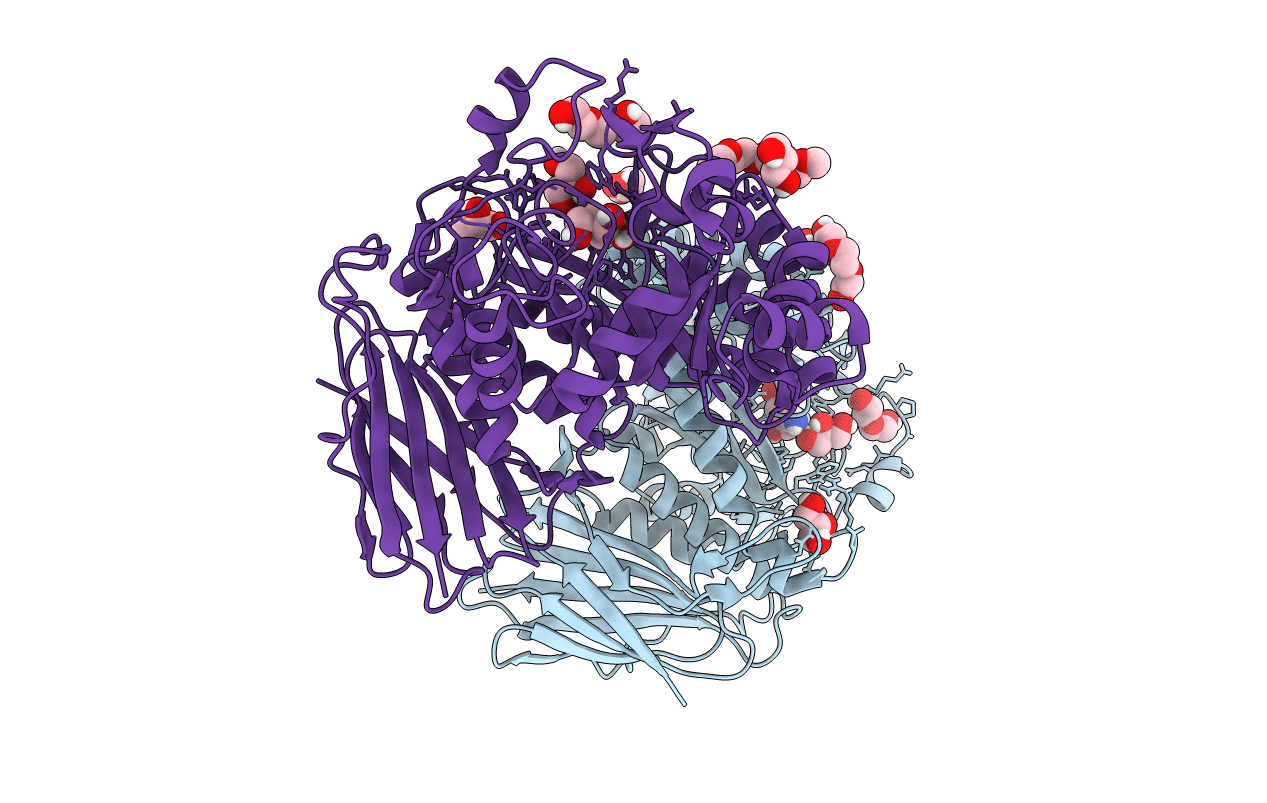
Deposition Date
2019-09-26
Release Date
2020-02-26
Last Version Date
2024-10-16
Entry Detail
PDB ID:
6SXV
Keywords:
Title:
GH51 a-l-arabinofuranosidase soaked with aziridine inhibitor
Biological Source:
Source Organism:
Geobacillus stearothermophilus (Taxon ID: 1422)
Host Organism:
Method Details:
Experimental Method:
Resolution:
1.40 Å
R-Value Free:
0.17
R-Value Work:
0.17
Space Group:
H 3


